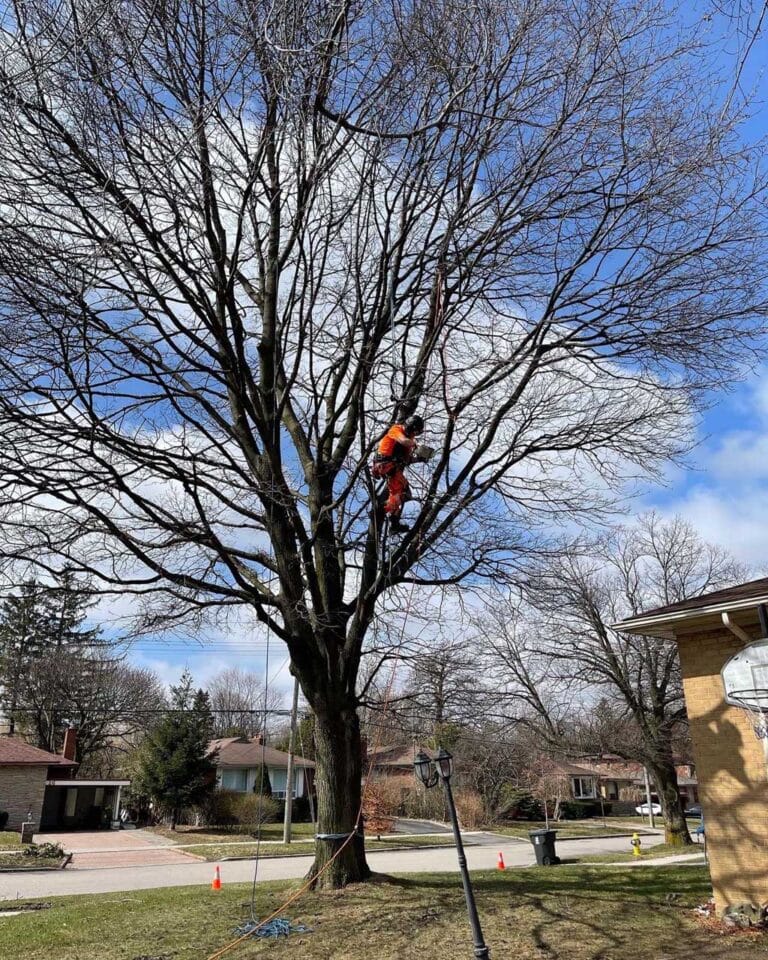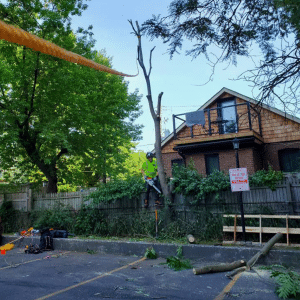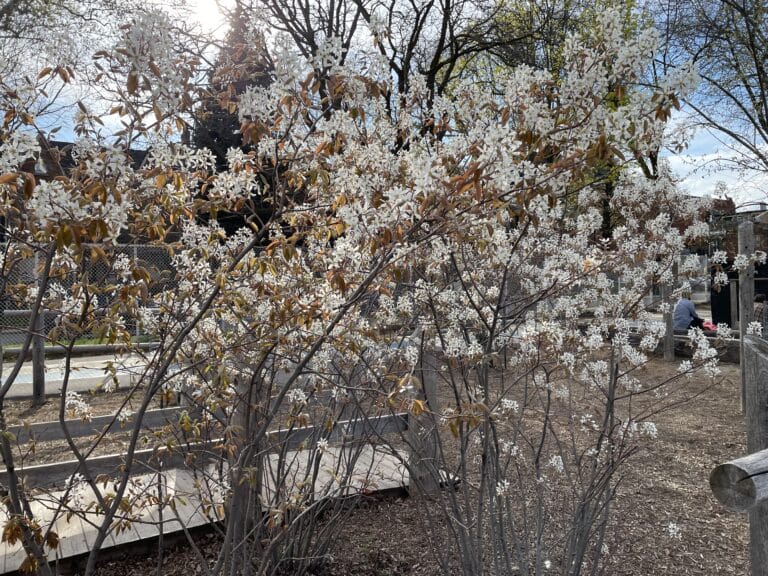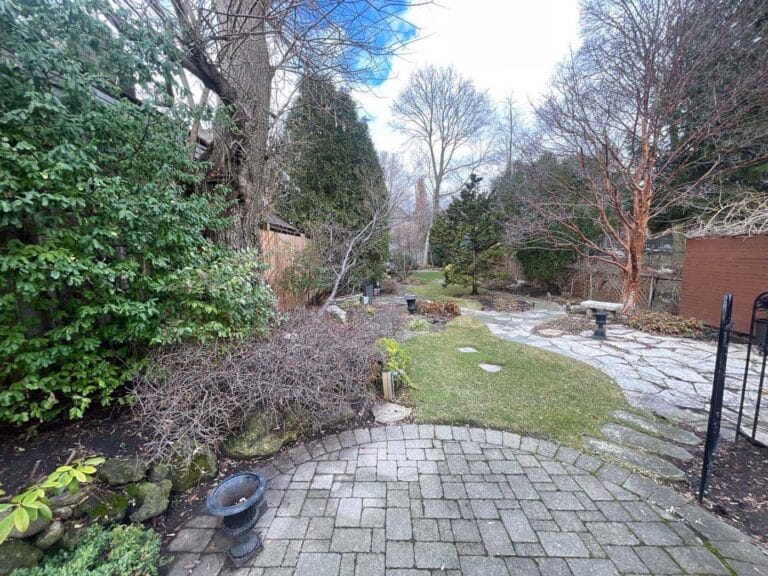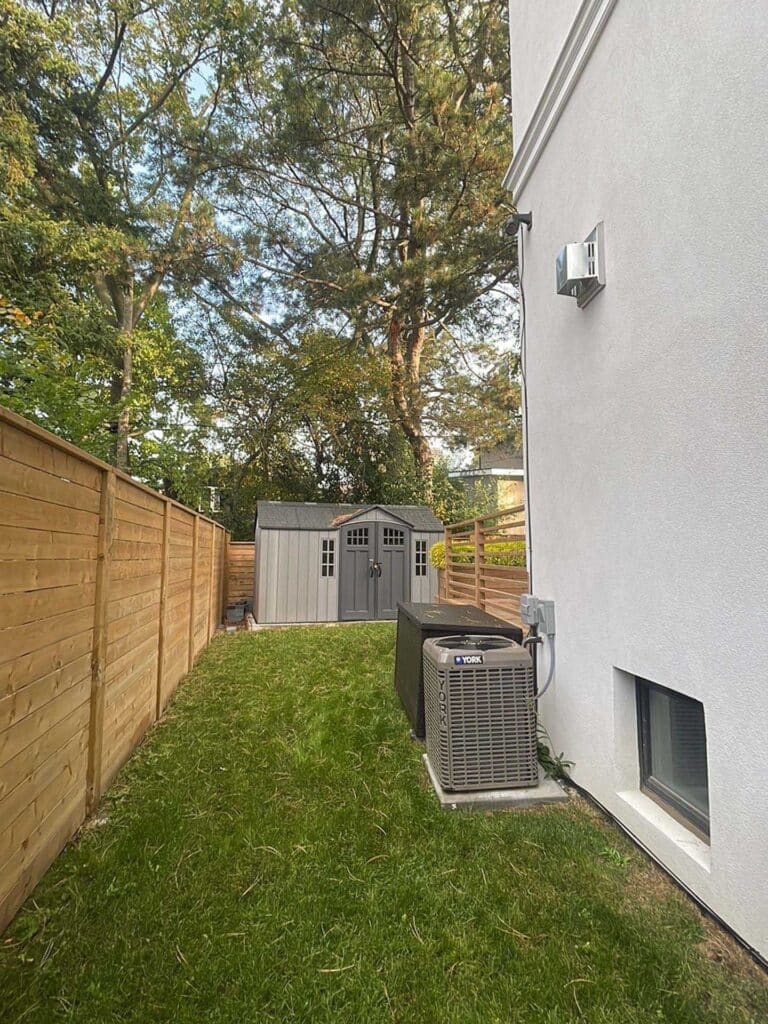Meet the invaders: Here are the most common invasive trees found in Toronto
One of the first things we learn about trees as children is that trees are our friends: they benefit the environment and provide oxygen. But not all trees are created equal! Trees brought to Ontario from other locations and climates are called non-native trees.
Not all non-native trees are damaging to the ecosystem, but native trees are a natural part of the existing ecosystem. They contribute to the healthy and symbiotic growth of other tree, plant and animal species around. Native trees are adapted to local conditions. Non-native trees were imported from elsewhere, typically for their looks or providing more variety in Ontario parks and gardens.
Invasive species are harmful because of their quick-spreading nature, which can push out other native tree species, plants, and animals.
Fewer native species leads to a lack of food sources for local insects, birds and other animals. This has effects along the food chain, when insects and animals no longer contribute to pollination and decomposition.
Invasive trees can spread faster than native species in forested areas, eventually replacing comparable native species. Some invasive tree species have been planted by urban forestry departments in the past, contributing to the problem.
Norway Maple

Probably the best-known invasive tree in Ontario is the Norway Maple. European in origin, this tree was first brought to North America in the 18th century. Once favoured for its fast growth and tolerance to stressful growing conditions, this tree was formerly planted widely by the City of Toronto and other municipalities, and can still be found in nurseries.
It’s become so prolific, the Bank of Canada faced a controversy in 2013 when maple leaves printed on the then-newly-released $20 bill were found to be Norway Maples instead of a maple species native to Canada.
What Is it?
Originally planted for its hardiness and adaptability to urban growing conditions, since it was brought to North America in the 1750s, this tree has become invasive throughout eastern and central Canada and the eastern United States. Many were planted in the earlier years of the 20th century after cities lost native elms to Dutch Elm Disease.
Where Did it Come From?
Europe
How to Identify Norway Maple
Norway maple leaves grow in pairs and have 5-7 lobes. The bark of mature Norway maples has a crisscrossing groove pattern. In late April, clusters of yellow-green buds will appear on the tree.
Why Is It Harmful?
The rapid growth of Norway maples can create a dense shade canopy that prevents native seedlings from growing and regenerating. Over time, its shade tolerance can push out native maple varieties and other plants. Norway maple leaves grow earlier in the spring and drop later in the fall than native maples, giving it a competitive advantage.
The shallow root system of Norway maples also takes up space and absorbs moisture that would otherwise be used by native plants to regenerate. Norway maples produce seedlings prolifically, which are often the only plants that can survive under the shade of a mature Norway maple.
How to Get Rid of Norway Maple
It’s difficult to get rid of an established Norway maple. The tree needs to be cut down to the base of the trunk and a herbicide applied to the trunk. Seedlings or saplings should also be treated with a herbicide.
Species to Consider Instead
The maple tree is our national tree for a reason! There are many beautiful and hardy options of native maple trees to plant instead, including:
- Sugar Maple
- Freeman Maple
- Silver Maple

Buckthorn (European Buckthorn, Glossy Buckthorn)

A small tree or shrub with bluish-black berries, European Buckthorn (or Common Buckthorn) and Glossy Buckthorn were originally planted in Ontario to use for windbreaks and along fences in the late 19th century. Hardy and able to survive in poor soil conditions, it became a choice plant of farmers and gardeners.
What Is it?
Brought to North America for landscaping purposes in the 1880s, this shrub spread widely across Canada and can be found throughout Ontario, as far east as Nova Scotia and as far west as Saskatchewan.
The long, tooth-edged leaved-Alderleaf Buckthorn is native to southern Ontario and is not an invasive species.
Where Did It Come From?
Europe and Asia
How to Identify Buckthorn
Both varieties have blue-black berries and grow up to 6m (20 feet) tall. Glossy buckthorn features oval-shaped leaves with smooth edges, while European buckthorn’s leaves have serrated edges. European buckthorn has thorny branches and grows in drier areas, while glossy buckthorn can grow in wet areas.
Why Is It Harmful?
Due to its ability to thrive in poor soil, buckthorn can edge out native plant species. Like Norway maple, it also has a longer growing season, starting earlier in the spring and dropping leaves and berries later in the fall. Seedlings can out-compete native species. Dense growth of buckthorn can push out native plants.
Buckthorn’s leaves are high in nitrogen and calcium, decomposing very quickly. They affect the normal cycles of decomposition for earthworms and microbes in the environment.
Buckthorn alters soil composition as well, contributing high levels of nitrogen to the soil. This encourages the growth of more buckthorn, and other invasive plant species like garlic mustard.
The berries are eaten by birds, though they’re not a nutritious food source for them and have a laxative effect, leading birds to inadvertently help distribute buckthorn seeds over long distances.
Buckthorn is also an agricultural nuisance. It hosts the soybean aphid, which damages soybean crops, and oat rust, a fungus causing damage and low yields to oat plants.
How to Get Rid of Buckthorn
Stems should be cut or girdled and herbicide applied to the cut stems, or any sprouts that later develop should be removed. Since it grows later in the season than most native plants, herbicide can be applied in the fall with limited impact on other plans. Seeds are unaffected by removal, so control may be necessary over several years to keep the buckthorn from growing back.
Species to Consider Instead

- Serviceberry
- Alderleaf Buckthorn
- Black Chokeberry
Tree of Heaven
Though it sounds lovely, the Tree of Heaven is nothing of the sort for Ontario yards. Also known as stinking sumac, Chinese sumac, varnishtree and stinktree, this fast-growing deciduous tree has become prolific across North America.
What Is it?
Brought to North America as a horticultural specimen in the late 18th century, it is quick-growing, easy to establish, and resistant to insect and disease problems, becoming popular in urban areas for these reasons. An attractive ornamental tree, it can grown up to 21 m, or 70 feet tall. It adapts well to poor soil conditions, leading to its spread across North America.
Where Did It Come From?
China
How to Identify Tree of Heaven
With an ornamental look, this tree has long, straight leaves on branches 60-90cm (2-3 feet) long, with large clusters of yellow-green flowers that bloom in June.
Why Is It Harmful?
The tree of heaven grows quickly and can aggressively crowd out native plant species. Even worse, it secretes a chemical called ailanthone that is toxic to surrounding plants, causing other plant species to die off.
The root system of the tree of heaven spreads widely and deeply. It absorbs moisture and nutrients to the detriment of other plants. The roots can cause damage to pavement, sewers and building foundations.
Tree of heaven also contributes to the spread of the spotted lanternfly, an invasive insect from China that seeks out the tree to lay its eggs.
The tree is a high producer of pollen, and some people experience allergies to the pollen or skin irritation from the bark.
How to Get Rid of Tree of Heaven
The tree of heaven needs to be carefully removed, with herbicide applied to stumps and roots, as sprouts can grow back quickly on stumps.
Species to Consider Instead

- Staghorn sumac
- Ash
- Black walnut
If you need assistance with removing or controlling an invasive tree in your yard, or assistance planting a native tree to replace it, contact Vista Tree Management for a consultation

